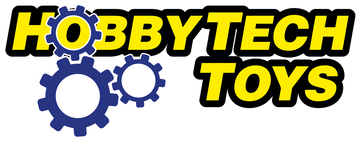Track underlay is an essential component of model railroad layouts, providing several benefits for both aesthetics and functionality. Here's an overview of track underlay for model trains:
-
Noise Reduction:
- One of the primary functions of track underlay is to reduce noise generated by trains running over the tracks.
- The underlay absorbs vibrations and impact noise, resulting in quieter operation and a more pleasant modeling experience.
-
Realism:
- Track underlay can help create a more realistic appearance by simulating the ballast and terrain under real railroad tracks.
- Underlay materials come in various colors and textures to mimic different types of ballast and terrain, such as gravel, dirt, or grass.
-
Smooth Running Surface:
- Underlay provides a smooth, consistent surface for laying track, ensuring that the track bed is level and free from bumps or irregularities.
- This smooth running surface contributes to smoother operation of trains and reduces the risk of derailments.
-
Electrical Isolation:
- Some types of track underlay offer electrical isolation between the rails and the layout baseboard or tabletop.
- This isolation helps prevent short circuits and electrical interference, especially in layouts with complex wiring or multiple power districts.
-
Easy Installation:
- Track underlay is typically easy to cut and shape, allowing modelers to customize it to fit their layout design.
- Most underlay materials can be easily glued or pinned in place on the layout baseboard or tabletop before laying the track.
-
Compatibility:
- Track underlay is compatible with various types of track systems, including flexible track, sectional track, and roadbed track.
- It can be used with both HO scale and N scale track, as well as other scales, to enhance the appearance and performance of the layout.
Common materials used for track underlay include cork, foam, and rubber. Cork underlay is a traditional choice known for its durability and sound-absorbing properties. Foam underlay is lightweight and easy to work with, making it popular among modelers. Rubber underlay offers excellent noise reduction and vibration absorption and is often used in larger scales or layouts with heavy traffic.
Overall, track underlay is an essential component of model railroad layouts, providing both practical benefits and enhancing the realism and aesthetics of the scene. By choosing the right type of underlay and installing it correctly, modelers can create smoother, quieter, and more realistic layouts for their trains to run on.

